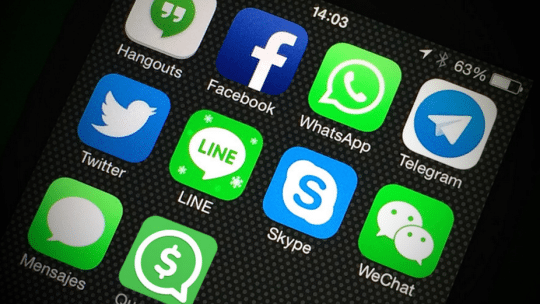
The messaging functions of various social media platforms are the unsung heroes behind the rise of social media networks in recent years, but they have historically been somewhat of an afterthought. The major allure of social media is the ability to broadcast and connect with huge audiences.
But even while these large-scale public communication networks grew, there was always a need for private messaging between users. Twitter users talk to each other privately with DMs, and before Facebook made Messenger a separate entity it was an integral part of the network.
Now that the major social media platforms have matured and enjoy widespread use, individuals around the world are flocking to messaging applications that create rich and engaging experiences for users. Some of the most popular apps see hundreds of millions of monthly active users; WhatsApp alone recently hit 1 billion monthly active users.
Now that audiences are well established and active on messaging platforms, the companies behind them are moving from a focus on messaging to a heightened awareness of commerce and business needs, Brian Weber, an experienced corporate communications professional, told attendees at PR News’ Digital PR & Marketing Conference on June 8 in Miami.
The user numbers are sure to be enticing to communicators at organizations of any size, but are messaging apps right for every business? Ingrid Kibler, social media director, HCK2 partners told attendees that they may not be.
Messaging apps are still in the early days of development for business use, but there’s one thing that both Weber and Kibler say all PR pros should keep in mind: the universality of the most popular messaging apps.
People use these applications to easily stay in touch with friends and family all across the world. Kibler uses WhatsApp to stay in touch with her family in Brazil. “Everyone in my family, from 18-year-olds to my grandma, who’s 75, is on the app.”
And that’s a big draw for many organizations who have more of an international focus. After all, communications is all about interacting with people where they are, and many people around the world are on messaging apps. But not every organization has an international focus.
Here are some of the most important things Weber and Kibler urged attendees to keep in mind when considering messaging apps for businesses:
- The audience is young, vibrant and connected: Messaging apps incorporate all kinds of media, from images and GIFs to stickers and vibrant emojis. So make sure you're ready and willing to become a true member of the community.
- Users are open to hearing from brands, but only if it’s of value to them: While some brands are developing bots and using them for promotions and customer service, users are still only interested in interacting with organizations when it adds value and intregrates well into the user experience.
- Think personal and lifestyle, not corporate and commercial.
And here are a few ways to engage with audiences on the platforms
- sponsoring stickers
- customer service
- entertaining with games and challenges
- one-on-one conversing with audiences
Follow Mark: @MarkRenfree
